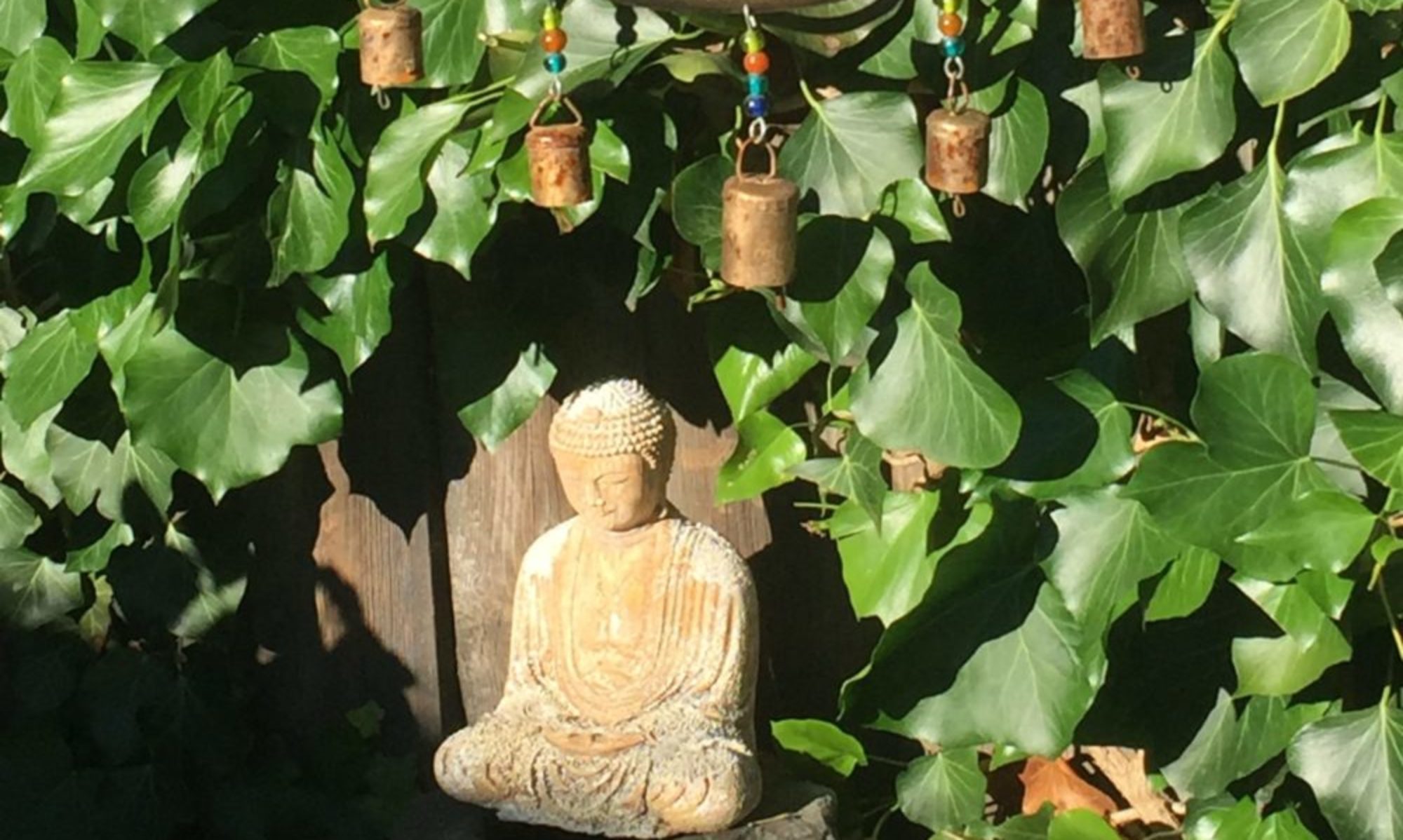Therapeutic rest is different than enjoyable leisure, like watching tv or playing sports. It’s a specific physiological state in which our bodies and minds can power charge. It is your secret weapon against stress and aging.
In this course, you will learn the science behind therapeutic rest and also specific practices to help you relax. These tools assist in finding more restful sleep, reducing anxiety and lifting depression as well as helping you cope with pain or illness.
Course Introduction
In this short lecture, Cheryl explains why therapeutic rest is so important and sets the stage for simple practices. Once your logical mind understands the need to recharge, you’ll get a lot less resistance when you settle down to practice.
A Short Guided Relaxation: A good first step
Try this simple guided mindfulness relaxation. You can use this 18 minute audio track lying in bed, relaxing in an easy chair or even on the bus.
Practice Two: Breathing and Legs up the Chair Pose
Alternate nostril breathing is a brilliant technique to balance brain function, even out the nervous system and clear your head. Daily practice helps you to stay calm even during life’s crazy storms. Also in this video is a demonstration of “legs up the chair” pose. This restorative yoga position enhances the ability of your body to ease into “rest and relaxation” response by inverting gravity’s effect. Ideal for easing back, hip or knee pain, it also resets the whole nervous system after a busy day. Try it before bed for a much better night’s sleep!
Practice Three
This child’s pose is much easier on the knees than the traditional form. And it adds a subtle spinal twist. In doing so, the abdomen receives a gentle massage during slow, rhythmic breathing. One of the reasons this pose is so relaxing is that the vagus nerves are rich with activity throughout the abdomen, groin and chest. That massage stimulates relaxing messages to the brain.
Practice Four: A Helpful Back Release
We spend too much time during the day leaning over… driving, watching tv, reading our tablets or cooking at the stove. As a result, the muscles and connective tissue at the front of the body become shortened, weaker and tight. The muscles at the back of the body are overstretched, also weakened and exhausted. This supported stretch allows you to reverse those angles and really open what hasn’t been able to breathe all day. This position is especially helpful for tight hips, digestive disorders, depression or exhaustion.
For more information, or to ask Cheryl about specific practices for you, please contact her. She is always happy to chat with fellow yogis. She also issues regular newsletters with free videos and more lifestyle tips for finding your most vibrant self.
